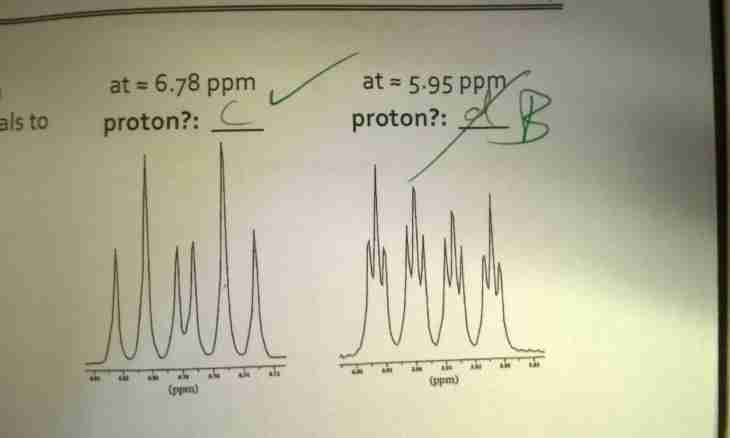To find quantity of protons in atom, define its place in Mendeleyev's table. Find its serial number in the periodic table. It will be equal to quantity of protons in an atomic nucleus. If isotope is investigated, look at couple of numbers, properties describing it, the lower number it will be equal to quantity of protons. In case the charge of an atomic nucleus is known, it is possible to learn quantity of protons, having divided its value into a charge of one proton.
It is required to you
- To find quantity of protons, learn value of a charge of a proton or electron, take the table of isotopes, the periodic table of Mendeleyev.
Instruction
1. Determination of quantity of protons of the known atom. When it is known what atom is investigated, find its arrangement in the periodic table. Define its number in this table, having found a cell of the corresponding element. Find serial number of an element which corresponds to the studied atom in this cell. This serial number will also correspond to quantity of protons in an atomic nucleus.
2. How to find protons in isotope. Many atoms have the isotopes differing in the mass of kernels. For this reason only the mass of a kernel is not enough for unambiguous definition of an atomic nucleus. At the description of isotope before record of its chemical designation couple of numbers always register. The top number shows the mass of atom in atomic units of mass, and lower designates a kernel charge. Each unit of a charge of a kernel in such record corresponds to one proton. Thus, quantity of protons to equally lower number in record of this isotope.
3. How to find protons, knowing a kernel charge. Often properties of atom it is characterized by a charge of its kernel. To define quantity of protons in it, it is necessary to transfer it to pendants (if it is given in multiple units). Then divide a kernel charge into the electron charge module. It is connected with the fact that as atom electrically is neutral, the quantity of protons is equal in it to quantity of electrons. And their charges are equal on the module and are opposite according to the sign (the proton has a positive charge, an electron – negative). Therefore divide a charge of an atomic nucleus into number 1.6022 • 10^(-19) pendant. As a result the quantity of protons will turn out. As methods of measurement of a charge of atom are insufficiently exact in case at division the fractional number turned out, round it to whole.

